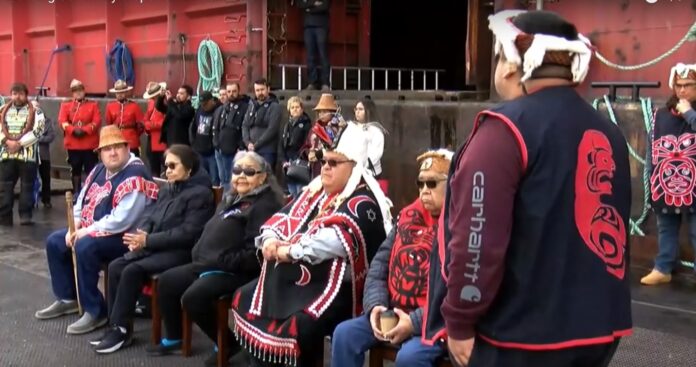An aquatic research facility that British Columbia’s farmed salmon industry relies on for its needs will have Indigenous people playing a key role in its operations.
The BC Centre for Aquatic Health Sciences has named three Indigenous leaders to its Board of Directors to address salmon health issues – farmed and wild – through an Indigenous lens.
The Centre said the move will “allow for an increased focus on wild salmon conservation, innovation, resource industry stewardship, and broader environmental and aquatic animal health monitoring in the context of changing ocean conditions and climate change.”
The aquatic research facility is one of a kind in the province. It provides services and research in health issues affecting both wild and cultured marine species. It is strategically located in Campbell River – BC’s and Canada’s salmon farming hub. Three of the world’s leading aquaculture companies – Cermaq, Mowi and Grieg Seafood – have their North American head offices in this town.
The non-profit laboratory itself operates in the territories of the Wei Wai Kum and We Wai Kai First Nations.
Adding Indigenous representatives to Board of Directors will not only increase First Nations’ oversight to operations in their traditional waters, but also incorporate Indigenous Ecological Knowledge into the lab’s practices, the non-profit said.
Effective immediately, the BC CAHS Board of Directors will have as Chair: Dallas Smith, president of Nanwakolas Council and member of Tlowitsis Nation. Joining him on the Board are Chief Chris Roberts of the Wei Wai Kum First Nation and Chief Ronnie Chickite of the We Wai Kai First Nation.
“This is not only an important step in reconciliation, but also an important step in building local, Indigenous-led science capacity,” says Smith, who is also the spokesperson for the Coalition for First Nations for Finfish Stewardship.
“Our First Nations leaders want reliable, local science advice that they can trust and understand in the face of so much competing and activist-driven science in the media, which can be a very confusing and deceptive landscape.”

